If you have space and the inclination, creating a wildlife garden can be a wonderful addition to your outdoor space. And while many of the homes in your area may have a more modern look to their landscaping, the beauty of a natural and wild garden can be just as beautiful and appealing to the neighborhood. A wildlife garden includes the beauty of plants, with the benefit of attracting all shapes and sizes of nature’s creatures. Keep reading to learn about the necessary elements of a wildlife garden, 10 great plants for wildlife, and how to keep unwanted wildlife out.
Creating A Wildlife Garden
The process of creating a wildlife garden doesn’t require tearing up your whole yard. In fact, you can do it on an apartment balcony if you choose to. While more space is great, in that it attracts more diversity, you can create a beautiful garden that attracts wildlife in any setting. A good wildlife garden features four things that wildlife wants and needs food, water, shelter, and nesting.
- Food: At least one bird feeder is a must. Red is a great color for both flowers and feeders if you want hummingbirds. Research squirrel-proof feeders as well as what your local birds like to snack on.
- Nesting: If you want to invite surrounding birds, give them some bird boxes. Choose your spacing though, as many nesting birds get territorial, although martins are an exception.
- Shelter: Grasses, shrubs, trees, and many other tall plants are useful in protecting from predators. They do more than that though, grasses, shrubs, and trees also provide safe resting places, cooling shade, and cover from the weather. If you can, mix up deciduous and evergreen plants alike.
- Water: Everything needs water for survival, and a clean water source is a great way to make sure thirsty wildlife visits your garden. Several different water sources or features might give different categories and sizes of wildlife safe spaces to segregate.
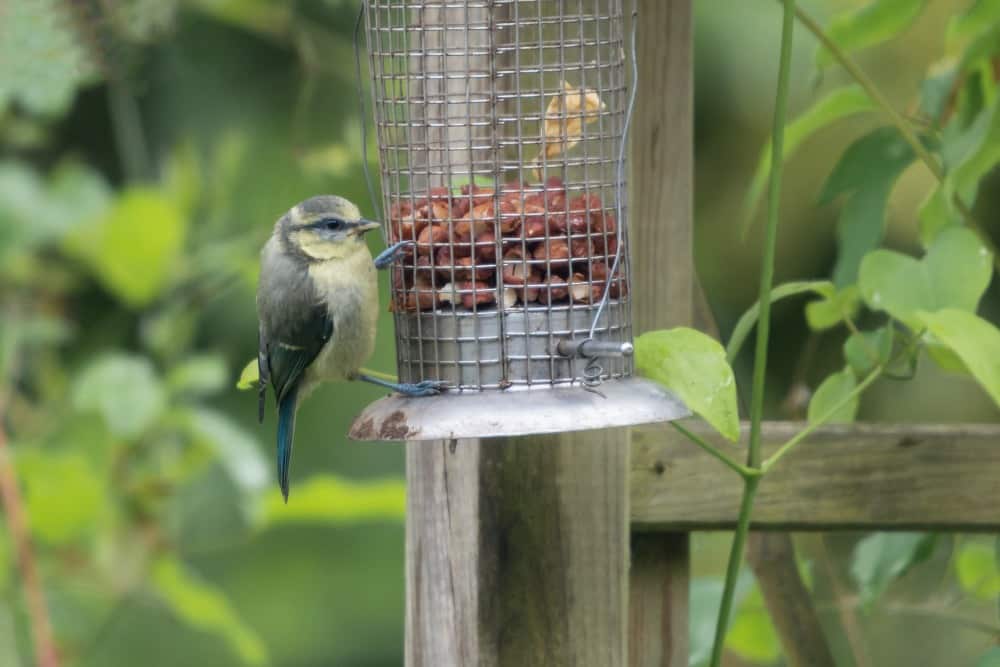
10 Plants to Consider for Your Wildlife Garden
Most plants attract some kind of wildlife. Even the lonely desert cactus attracts thirsty animals, otherwise, it wouldn’t have needles. Still, you have a lot of influence over who shows up. The following plants bring beautiful wildlife to your yard but also prove to be downright gorgeous in their own right:
- Aster: This huge family supports 112 species across woodlands, roadsides, pasture, meadow, and prairie. These species bloom in both spring and fall, depending on the ones you choose, especially if you get truly native species that support bees and butterflies.
- Goldenrod: There are 125 species of Goldenrod across the continent, and they support almost as many species themselves. These predominantly include birds, spiders, and insects. This is a great fall flower.

- Geraniums: Support 23 species with native variants. These aren’t the hanging baskets you get at the grocery store.
- Joe Pye: 42 species find support for this great native alternative to the invasive Butterfly Bush. Snakeroot and Boneset are two of many Joe Pye species that offer lots of pollen and nectar to wildlife that want to call your garden home.
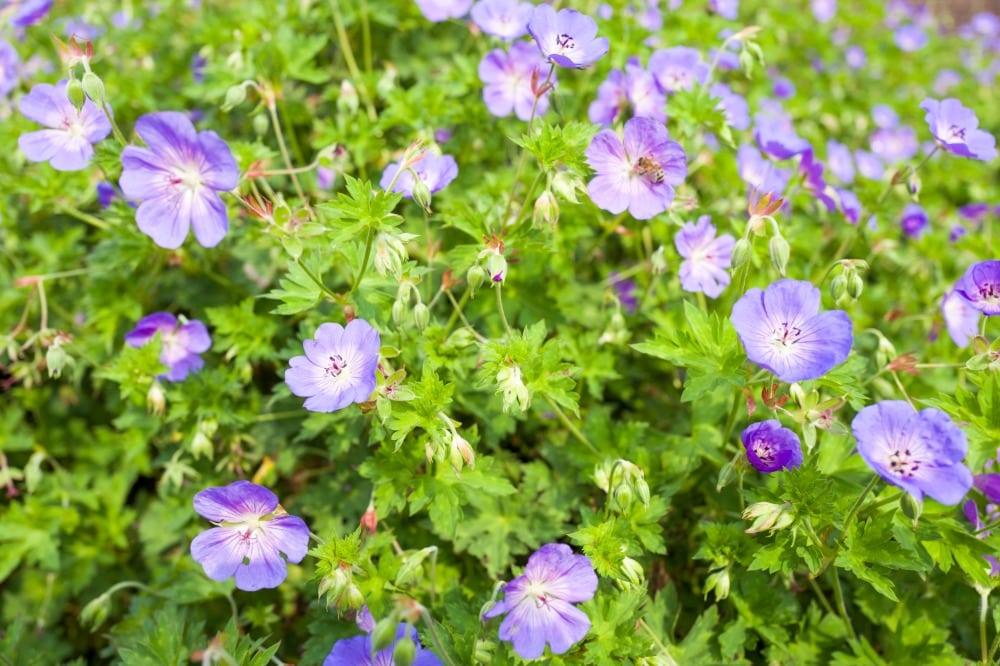
- Honeysuckle: This can support up to 36 species if you plant the right ones. Japanese Honeysuckle is NOT one of them! We recommend not planting this species. Choose a species of honeysuckle that is native to your region if you want butterflies and hummingbirds around.
- Lupine: This family of flowers supports up to 33 different species. The Karner Blue and other endangered butterfly species are very reliant on this particular plant family. As with any flower, it’s a good idea to consult your local native plant specialist to figure out the right species for where you live.

- Morning Glory: This family supports 39 species, but you need to take care. There are some very invasive variants, so be sure to choose a species that is native to the region you live in.
- Sedges: 36 species find support from this potentially endangered species. By planting sedges, you are helping to protect this species while also providing for wildlife species that visit your garden. Sedges work very well in grassland, woodlands, and prairie landscapes.
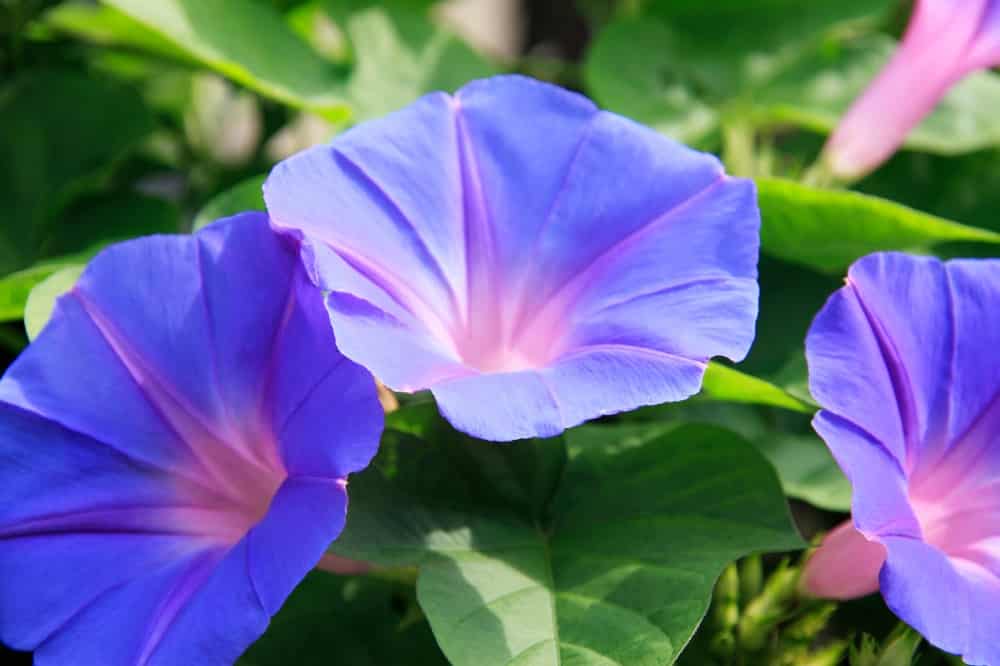
- Sunflowers: These support 73 species. Try combining annuals with perennials to provide nectar and pollen to as much wildlife as you can.
- Violets: 29 species use these as a source for nourishment and life. Fritillaries, often endangered, are butterflies that use them as host plants. Violets are great for early spring color and some starter wildlife habitat.

Keeping Unwanted Wildlife Out of Your Garden
When you create your wildlife garden, the first things that come to mind are the beauty of the landscape and all of the beautiful animals that will hopefully visit from time to time. The thing we don’t necessarily think about is the wildlife that we want to discourage from visiting.
It’s a good idea to keep in mind the animals you don’t want that can wreak havoc in your garden. This includes animals such as squirrels, although cute, they can be annoying. However, you can mitigate a squirrel issue by providing them with their own feeder so that they do not scare away the birds visiting your native wildlife garden.
Additional wildlife that you will want to avoid include skunks, rodents, raccoons, and possibly rabbits and deer. Keeping your garden tidy and free of enticing morsels for unwanted creatures is a great way to start. Be sure to get rid of any left-over fruit and other food items that you have left out each night and consider trays for your bird feeders so that stray seeds do not accumulate on the ground. These simple suggestions can help keep the visiting wildlife safe from becoming dinner for unwanted critters.
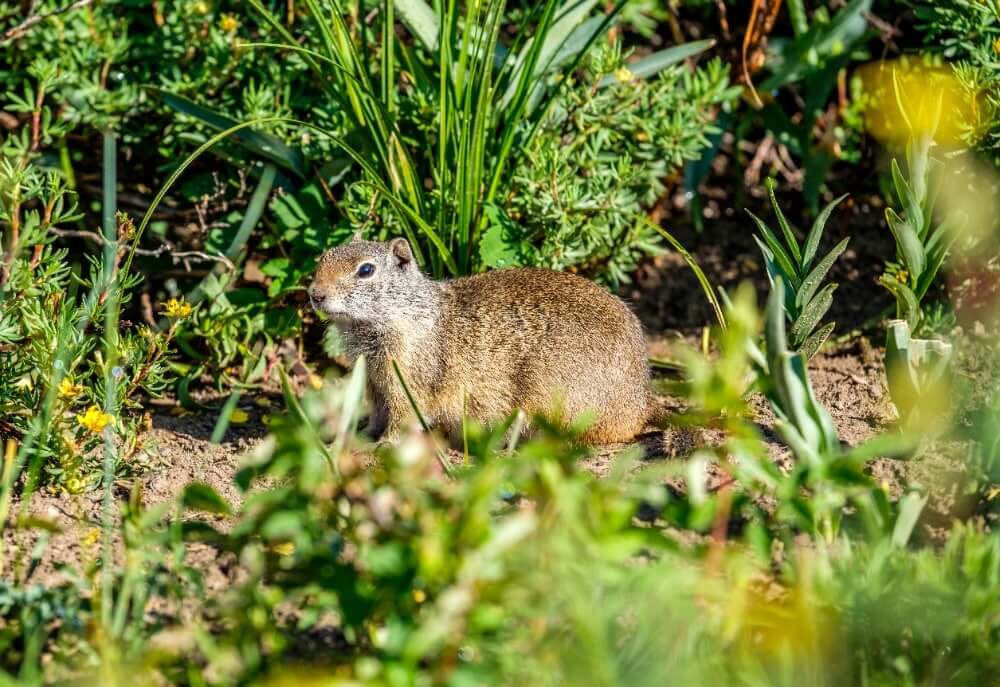
Here are a few ways to deter wildlife you don’t want to see regularly:
Dog Hair: If you have a pup, or can borrow dog hair from a friend, put it around the flowerbeds and herbs. The sheer scent of it keeps most wild animals out that don’t like being near humans or their dogs.
Fencing: The best solution here is fencing surrounding the garden. The height will keep out a lot of creatures, but it also has to be deep enough to keep burrowers out. You might be told by others that deer can jump nearly any fence, and while that’s usually physically true, they don’t typically jump over anything that they can’t see over.
Raised Beds: If you’re just worried about small animals, then raised garden beds fortified with mesh lining on the bottom and short fencing on top provides tiny plants lots of protection. Birds, bees, and butterflies can still get in though.
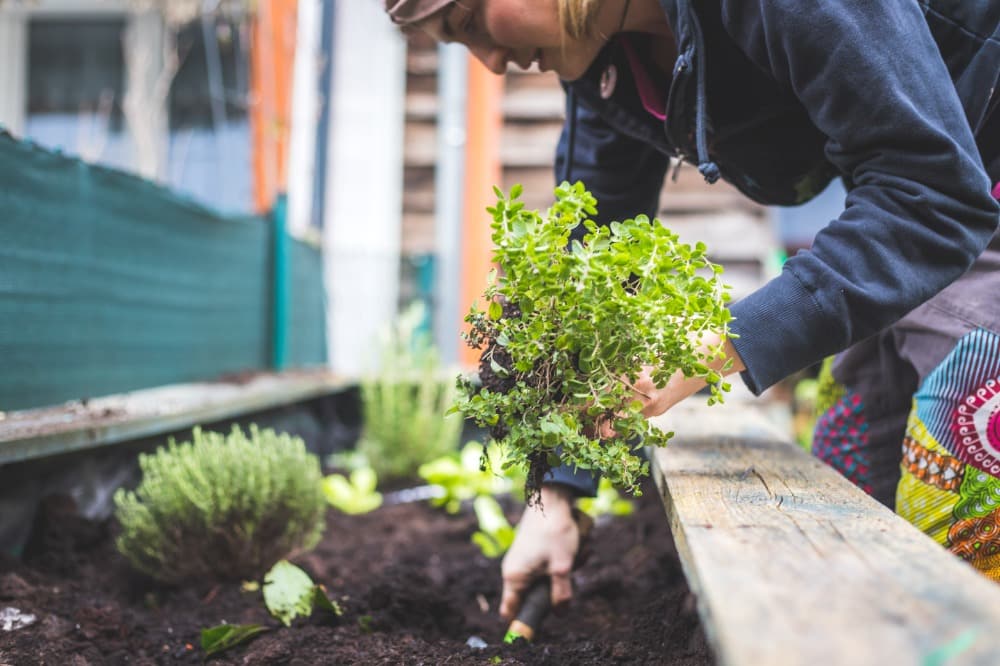
Relax and Enjoy Nature’s Beauty
Creating and maintaining a wildlife garden can be extremely rewarding! And if you are like us, the satisfaction of creating a beautiful natural landscape that helps to support wild creatures is one of the best feelings in the world! Once your garden is in place, it’s time to sit back and enjoy the beauty and safe haven you created. There’s nothing better than early morning coffee on the patio and watching the wildlife in the garden thrive.
If you love the idea of a native landscape full of beautiful plants and wildlife but aren’t quite sure about creating or maintaining it yourself, we can help! At Down to Earth Services, we specialize in creating beautiful and eco-friendly native landscapes. We do everything from design and installation to landscape management. For more information on our services or if you need plants to create your wildlife garden, Contact Down to Earth Services!

